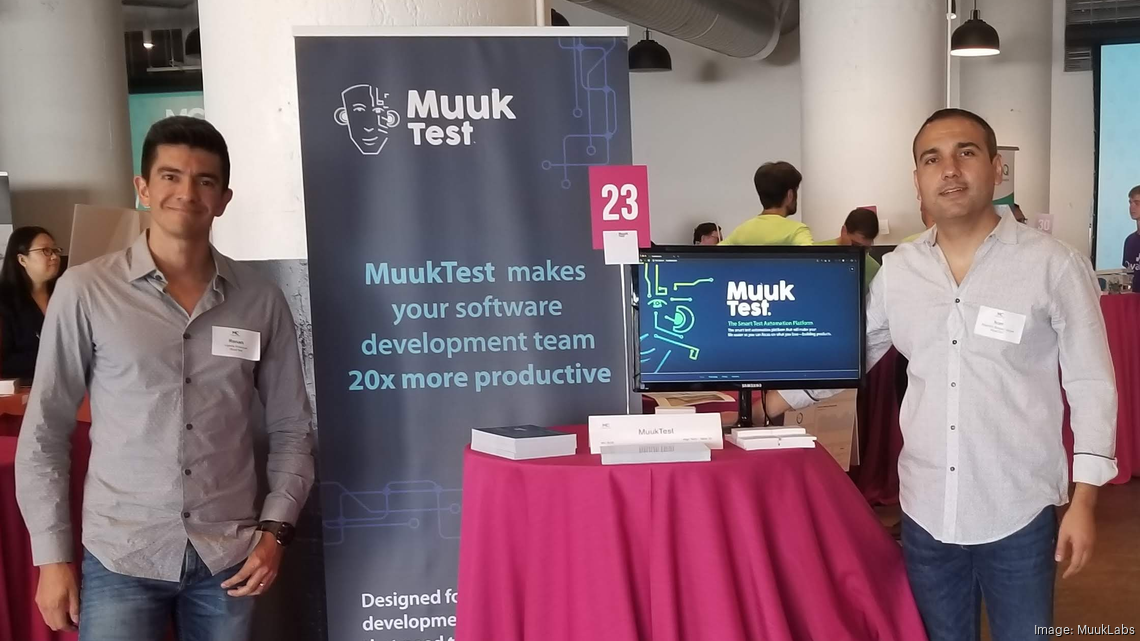
Sumesh Menon is considered an inspiration for innovation and change in the world of technology. As an expert in strategic planning, information technology, digitization, and supply chain optimization, Sumesh has been recognized for his passion for technology and transformation
Sumesh hails his educational background from top institutions as Harvard Business School and Michigan State University and along with his experience in strategic planning and visioning, making him an expert in implementing solutions across various industry verticals.
He is also an alumni and member of Harvard Business Community, Michigan State Eli Broad business Network, and a member of Supply Chain Transformation Network, IEEE, Scrum Body, PMI.
Sumesh Menon has extensive experience in guiding numerous clients, offering valuable insights in business solutions, process optimization, and solution delivery. His expertise has played a pivotal role in enhancing clients’ return on investment, thereby elevating both their top-line performance and bottom-line operations. Serving as a trusted advisor, he provides expert opinions and business consulting, particularly in areas such as Strategy, IT transformation, Innovation, service delivery, and supply chain optimization. By tailoring strategies to specific industries, he identifies prevalent supply chain challenges and employs digital transformation techniques to streamline operations, adding significant value to their daily functions.
His extensive experience in Information technology and supply chain, combined with his expertise in technology-focused solutions and innovative strategies, make him a thought leader in his field.
Today, we talk further with Sumesh to uncover more insights into his journey and vision for the future of innovation and technology.
One of your areas of expertise is in Digital Transformation. How do you foresee the future of digital transformation in the context of post-pandemic global business dynamics?
Digitization has grown post pandemic, especially with people working remote the opportunities have grown more in this space. Advanced economies have greater adoption than the others but the trajectory is still upward except for the contact sensitive operations. More people now have access to the internet and the majority of small firms which were not earlier have also made their operations move towards digitization. This also helped business incur fewer losses in labor productivity and generating higher total output
From your experience, what are some common misconceptions businesses have about supply chain optimization? How do you address them?
Supply chain operates end to end, one operation affects the other. The one misconception that’s assumed is that logistics optimization would help solve the whole supply chain issue. It is one of them but even logistics is not just about Distribution, it’s about storage, transportation and efficient warehouse operations. Cost efficiency should not be just the factor for optimization. The least cost would not always be the best or efficient optimization. Also scope of right time manufacturing plays major significance in optimizing the operations leading to shorter and better lead time.
The balance between staying ahead with innovation and maintaining established, functioning processes can be tricky. How do you advise clients when it comes to disrupting their existing processes for the sake of innovation?
Companies that focus to keeping sustaining technologies separate from disruptive innovation market segments are the ones that can strive to think out of the box and be competitive. Companies feel reluctant to divert their resources from an established set of markets to a new market segment in fear of costs and uncertainty. Startups focus on the emerging markets and are able to reap the competitive advantage before even the established service companies start to realize the true value potential. They are able to provide the solutions which the customer would need not acquire to have it today but targeting those new segments and needs in the market which would be something that the customers and firms would like to embrace and accept in future to come. And this is the reason why we see established companies in the market failing to compete with the new disruptions in their mainstream segments.
With your extensive background in Strategic Planning and Visioning, can you share a time when you had to pivot from an initial strategic vision due to unforeseen challenges or opportunities?
Pivoting from the vision is not usual but this can occur due to change in the business environment, global significant event or from a poor strategic plan. Pivot is not an easy task for strategically aligned businesses and when this happens the right time to pivot needs to be identified of being not too early or not too late to miss some of the opportunities on the way. A quick example that I could relate to my experience is when the product was about to be released we encountered an issue that could violate the guidelines set by the governing organizations set to review which was not included as part of initial planning phase requiring the need to pivot and have the product from getting released and re-align the strategy. But few things we ensured in order to pivot is every stakeholder is aligned and next step was to act out the strategy with purpose and to adapt efficiently and effectively as required.
Given your role in IT Service Level Engagement, how do you manage expectations with stakeholders, especially when technological solutions might not align with their initial vision or understanding?
Having worked with both Agile and Waterfall approaches to project execution and delivery, I have learned the intricacies that come with each during large implementations. Planning and communication have always been key factors as I have moved forward over the years, with agility and adaptability being the mantras in order to pave the way during project execution.
Building strong partnerships with leaders has been a priority, as it allows for effective planning and delivery of digital capabilities, safeguarding digital assets, and supporting strategic goals. Being open with the solutions backed up with proof of concepts weighing their pros and cons and why the time of need is to take changed direction helps align the changed approaches to be accepted in order to get realigned
- Collaborate: The first step was to bring everyone on board, understand the situation, and plan a workaround for an immediate solution until the pressing issue was resolved.
- Schedule work effectively: We examined the workaround as a short-term solution and adjusted our timelines accordingly to accommodate the deliverable.
- Manage expectations: We set appropriate expectations for both the client and the team, ensuring that risks were calculated and mitigation measures were in place.
- Embrace agility and flexibility: Adaptive leadership was crucial in responding to the situation, fostering an agile culture that could readily adapt to change.
How do you incorporate these concerns about sustainability and ethical practices into your strategic planning and digital transformation initiatives?
Systems and solutions that are focused to help businesses in their operations to be more sustainable in execution helps improve their bottom line. With technologies like Big data and tracking technologies solutions that track the wastage of material that happens at each node within the business operations chain right from origin to point of sale, it can help customers to be lean in approach with reduced wastage and a green sustainable environment. This again goes back to bringing leaders on board and making them aware of the relevant importance of these issues in the efficient business functioning so as to incorporate these during the planning of digital investments right in the begining.
Adaptability is considered a key aspect of both Agile and Scrum. Can you tell us about a challenging project where adaptability was essential for success?
By considering scalability and adaptability during the design and implementation process, organizations can leverage existing solutions across multiple units, saving both time and resources and ensuring that the IT infrastructure remains agile and responsive to the organization’s evolving needs. One such example of a solution provided to one of our clients that demonstrates this approach. The solution was already functioning effectively for a different operating unit within the organization. However, we could not use the solution as is for the new unit, as it required certain modifications to accommodate the new requirements. This necessitated proof of concept, tweaking the existing repository to ensure that the solution could be scaled and adapted with new configurations and enable the unit to function seamlessly with the changing needs.
How do you see the rise of AI and automation impacting your field, and what strategies do you recommend businesses adopt to navigate these changes?
AI is a means to sail through, it’s a beginning to a new era for transforming your business. As more and more businesses and companies are leaning towards AI, this brings more opportunities for IT to help businesses in this transformation. AI space is projected to cross 100B by 2026; 13% year on year.
Identifying the current business problems and analyzing which areas AI can help and which it cannot. Data should be available at each step of your business functioning as that holds the key in taking your next step. Creativity comes with “just connecting things”; many smart business moves come from linking products or services that seem independent from one another. Once we identify which combination of activities or functions can help make it more meaningful and better in value then we should combine those to make a better deliverable product and help further enhance their operations to help make the system think more cognitively that can make human decisions faster and accurately.





